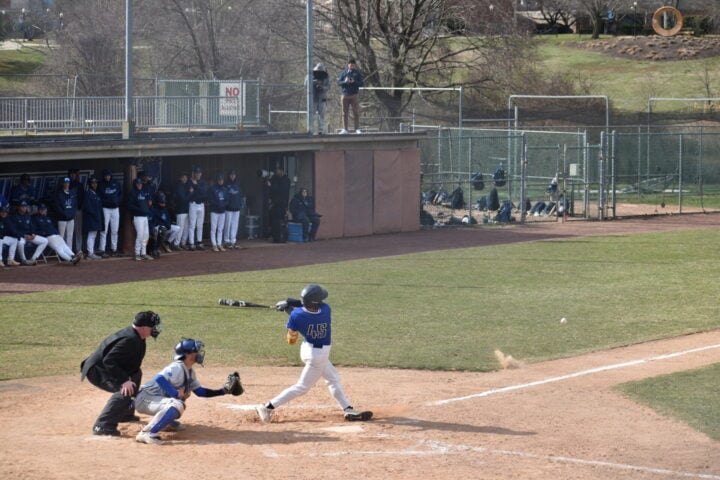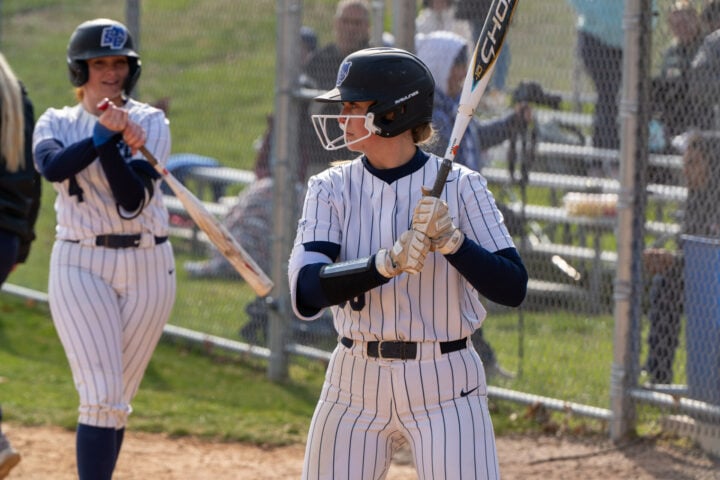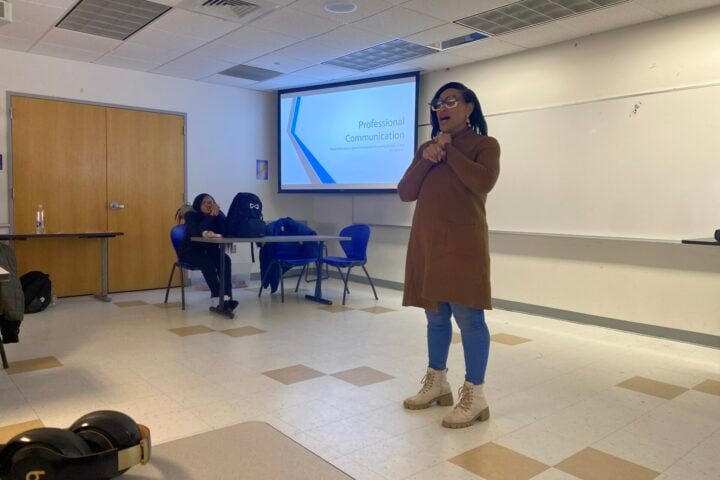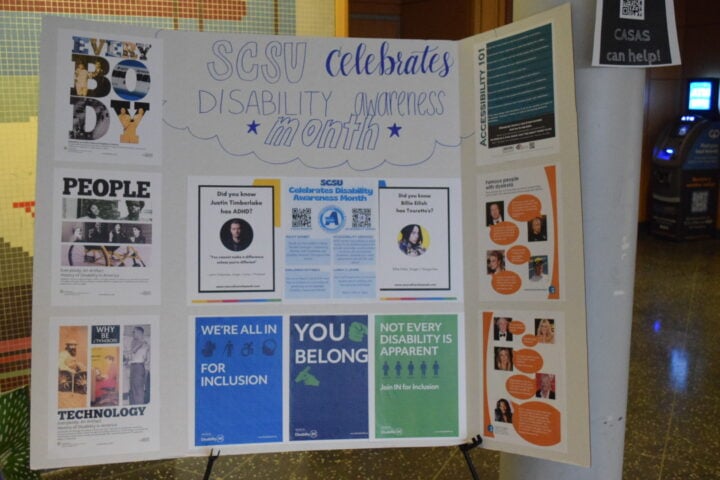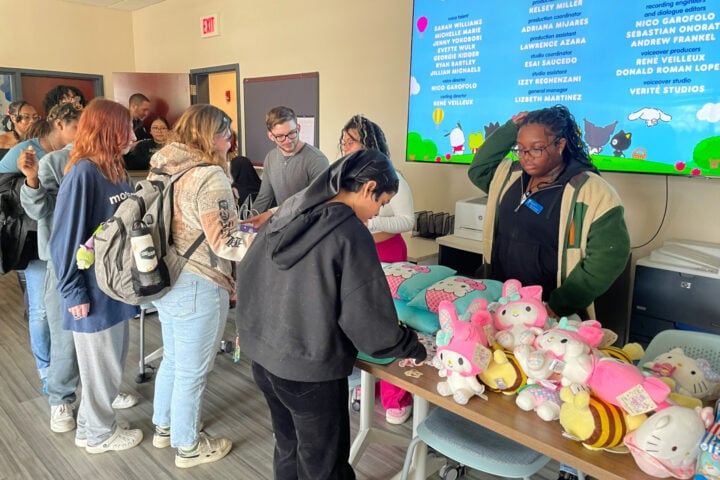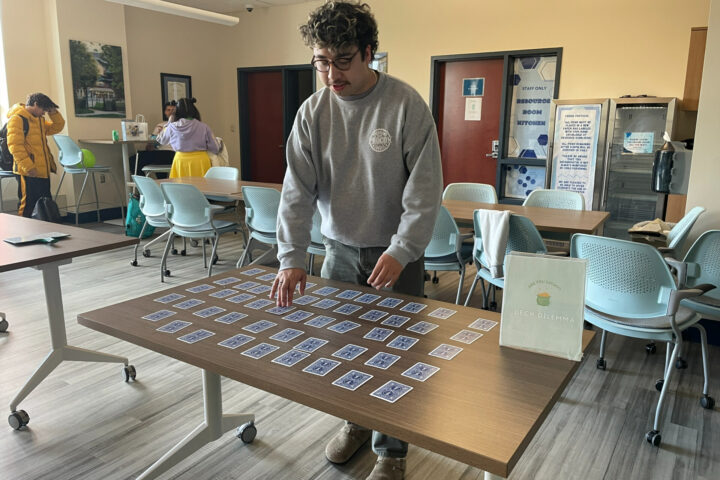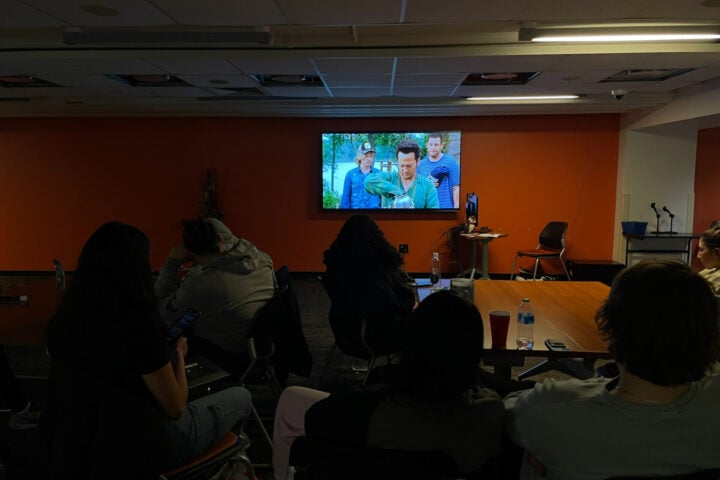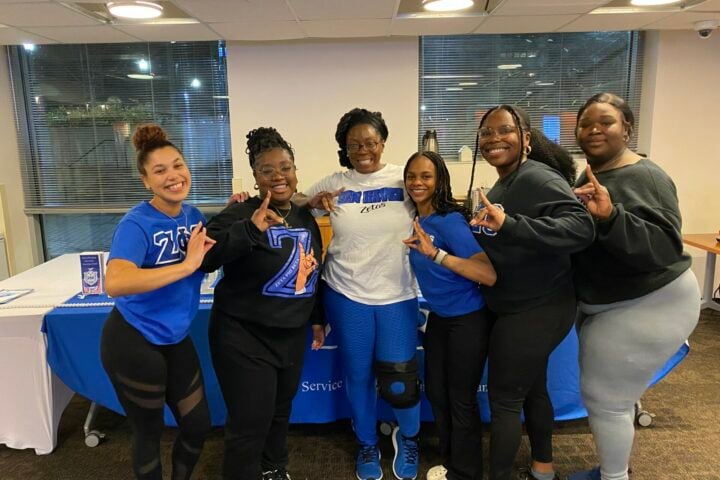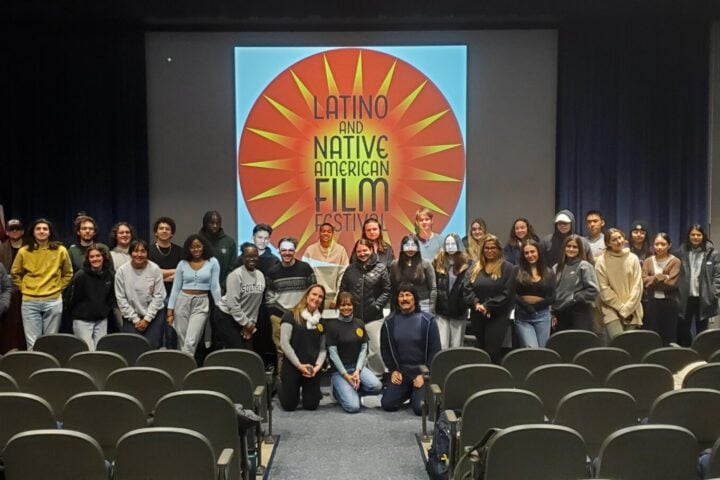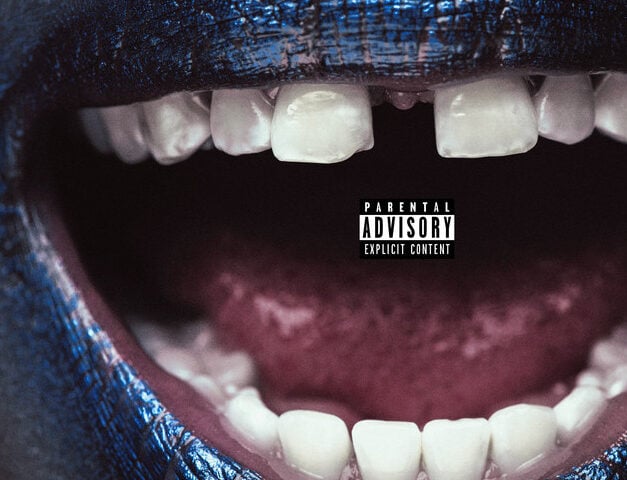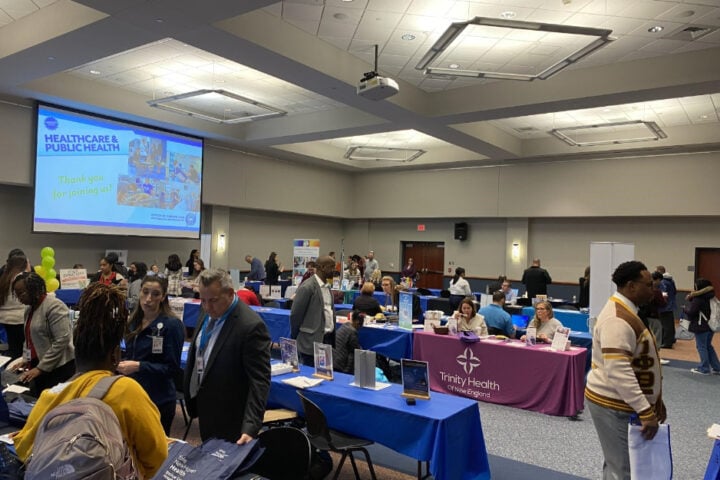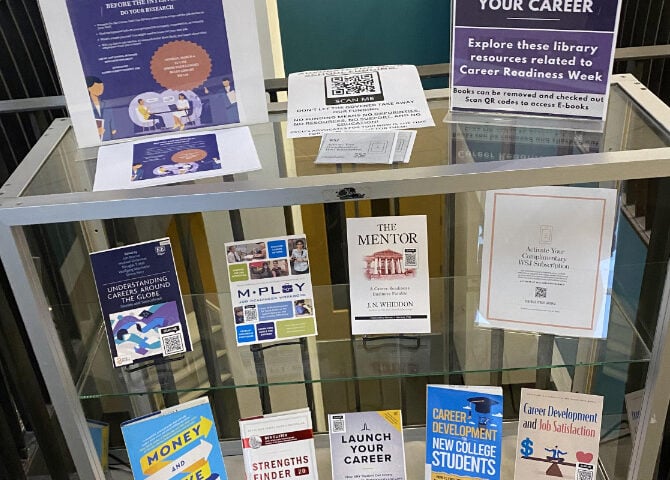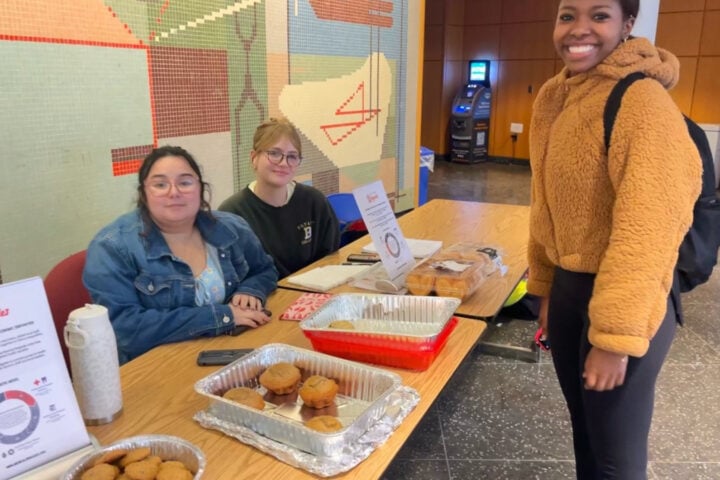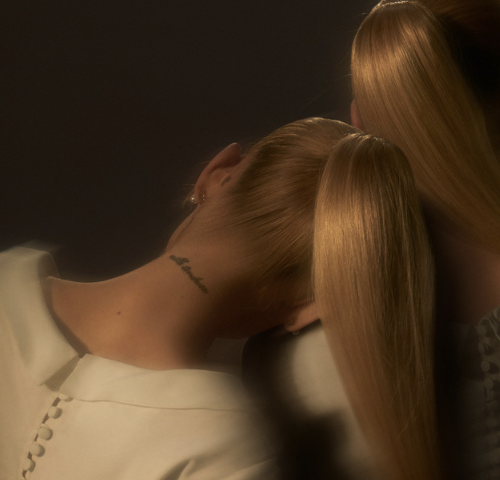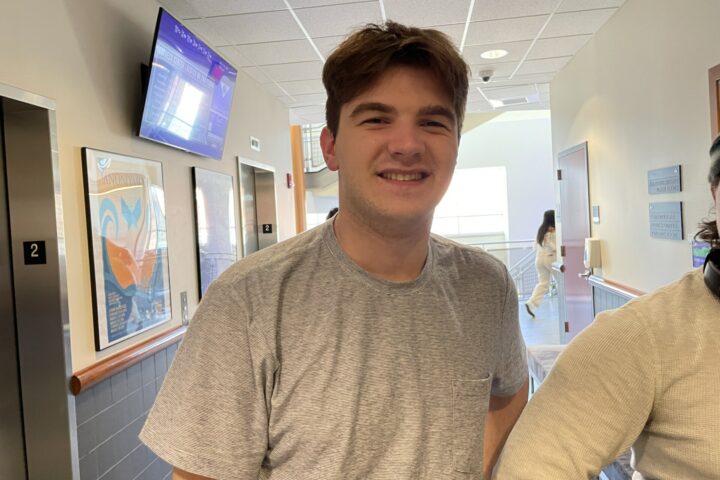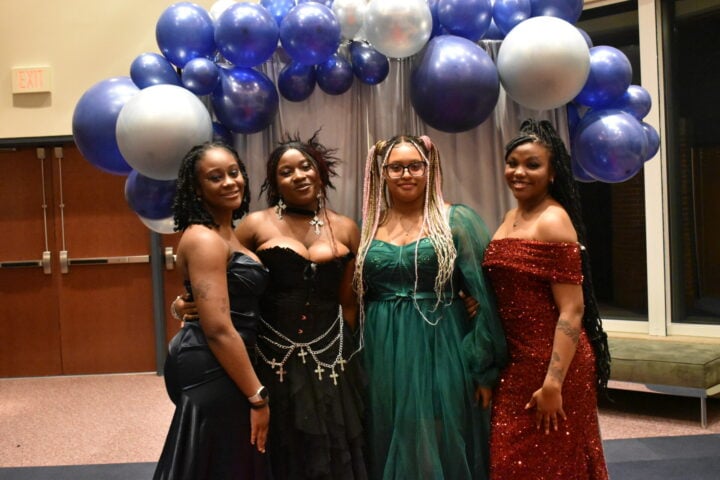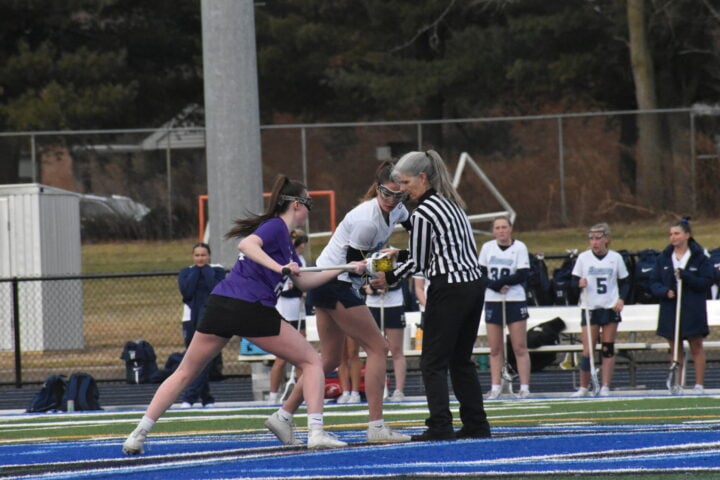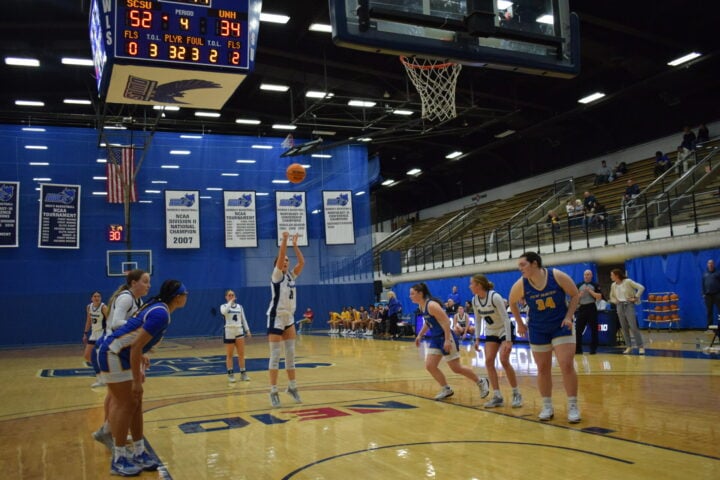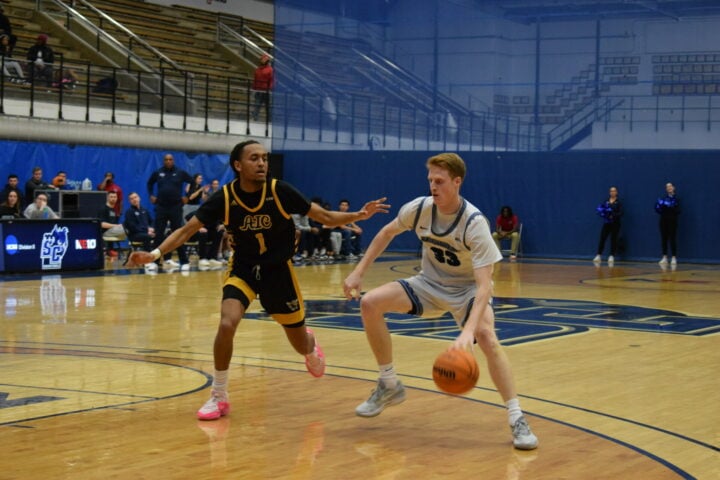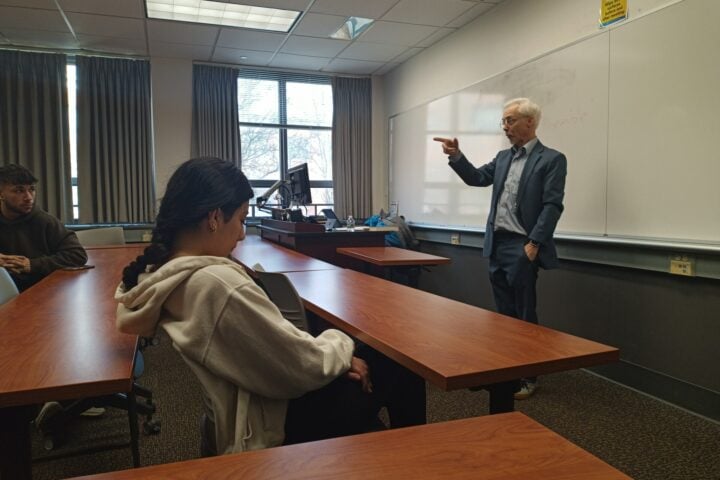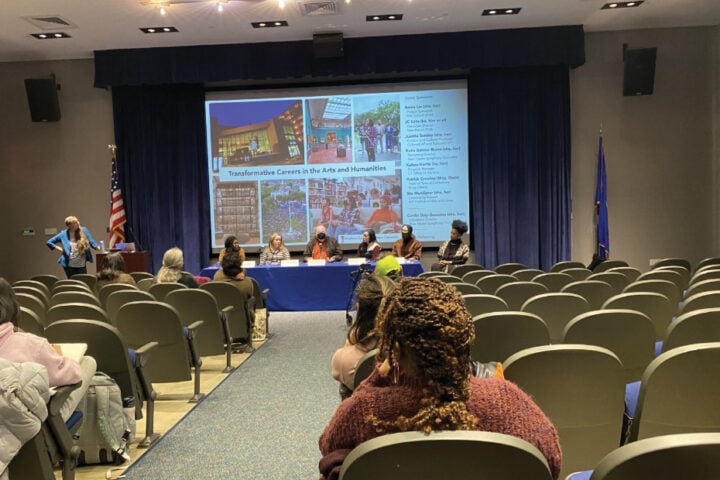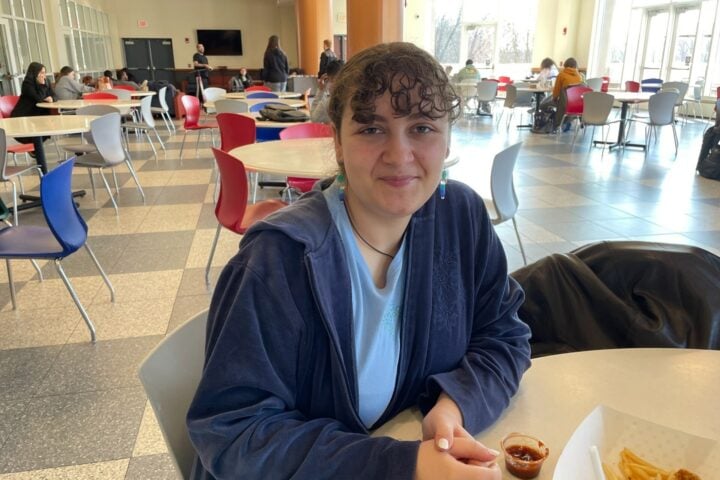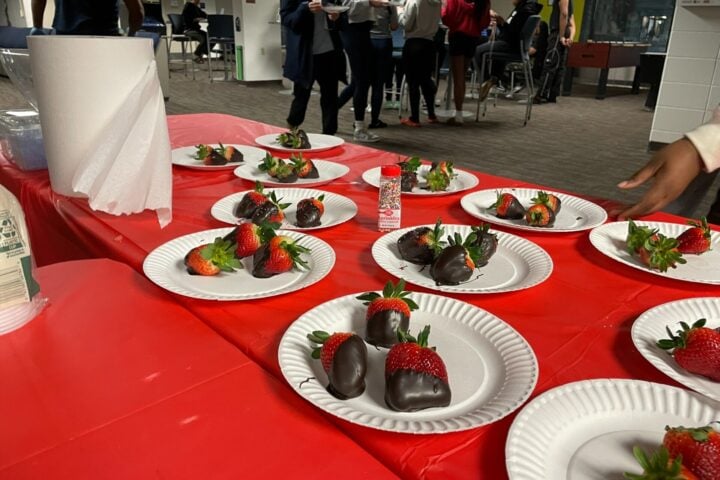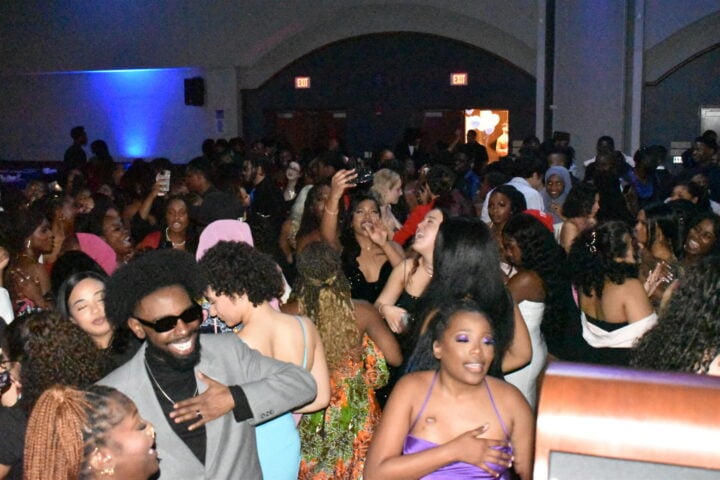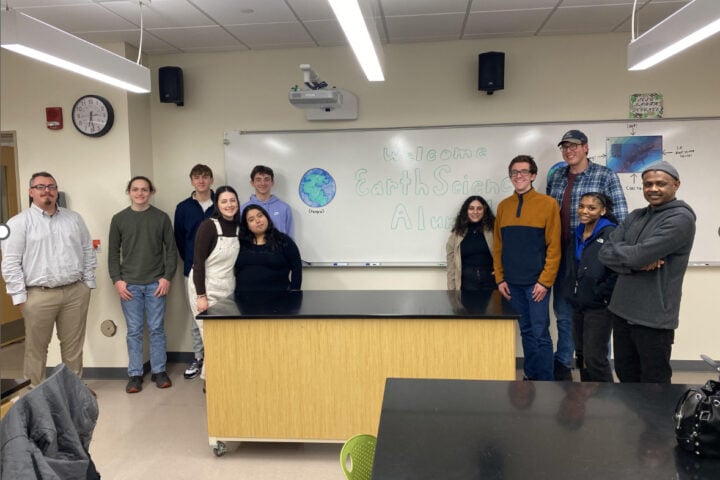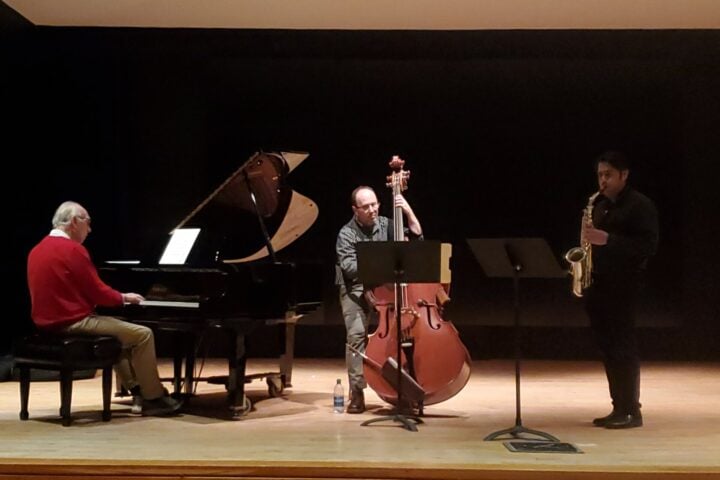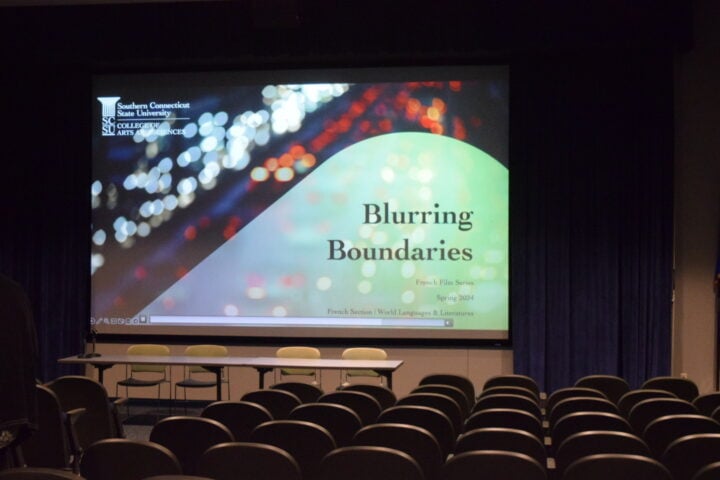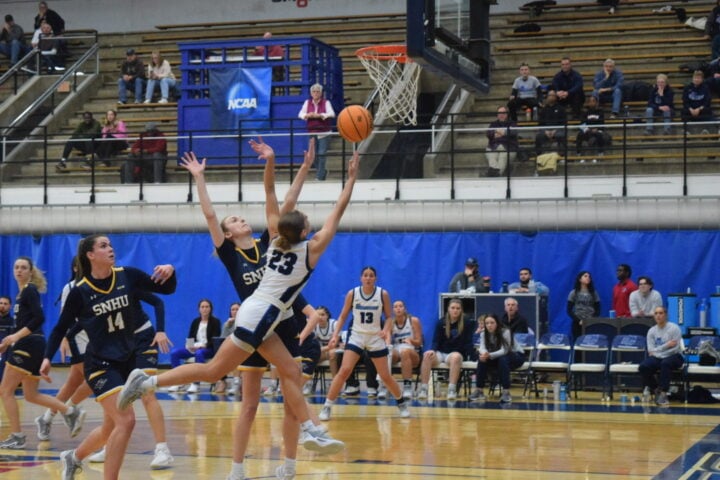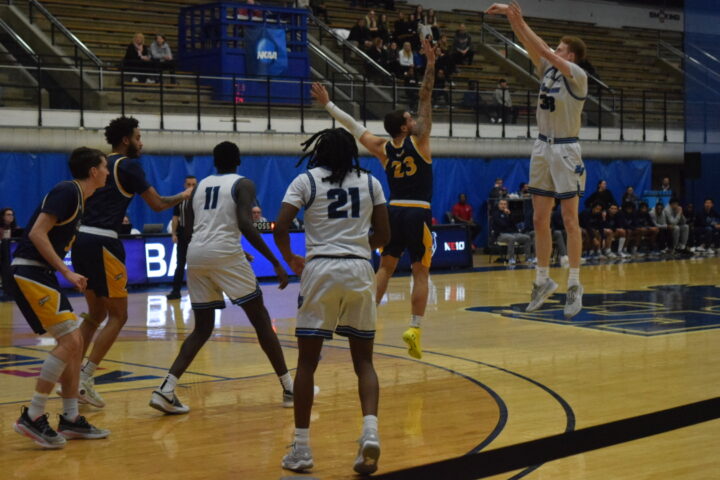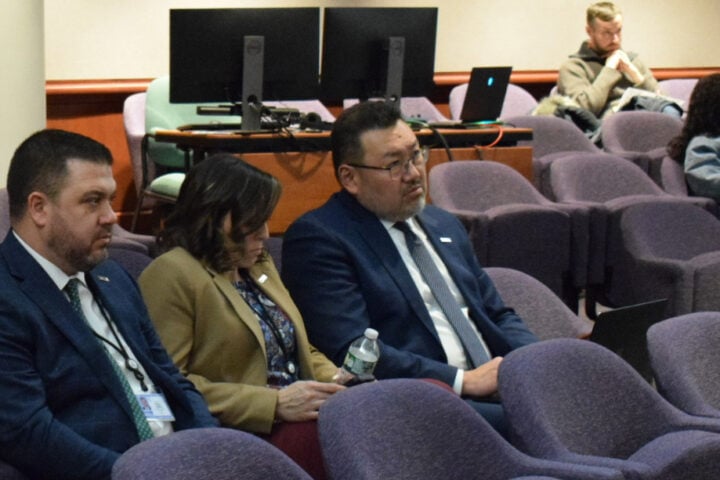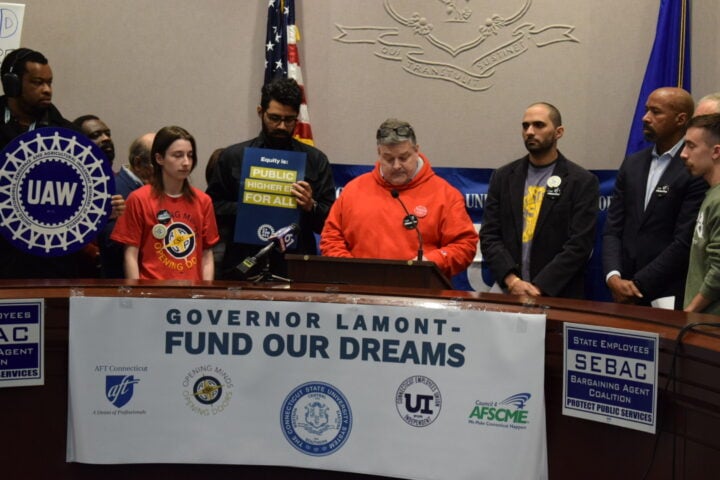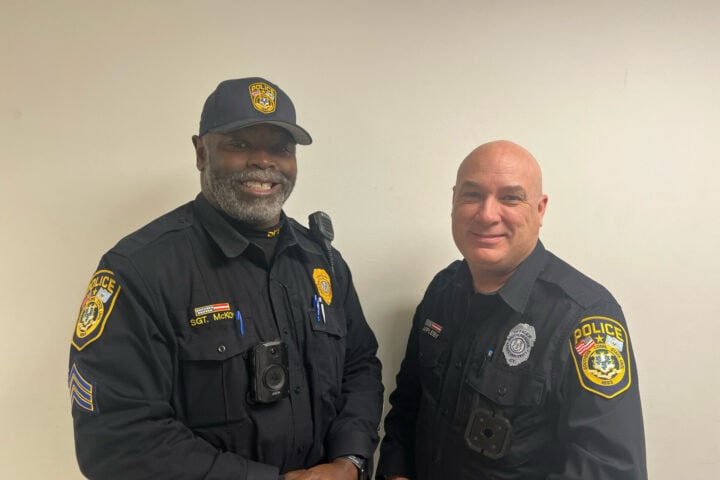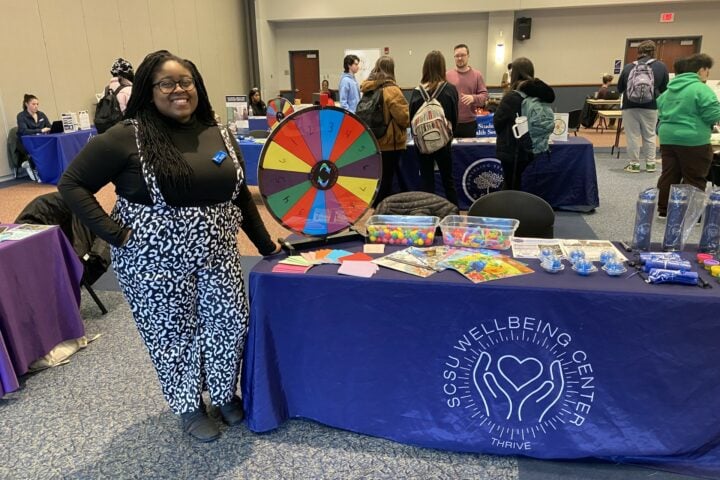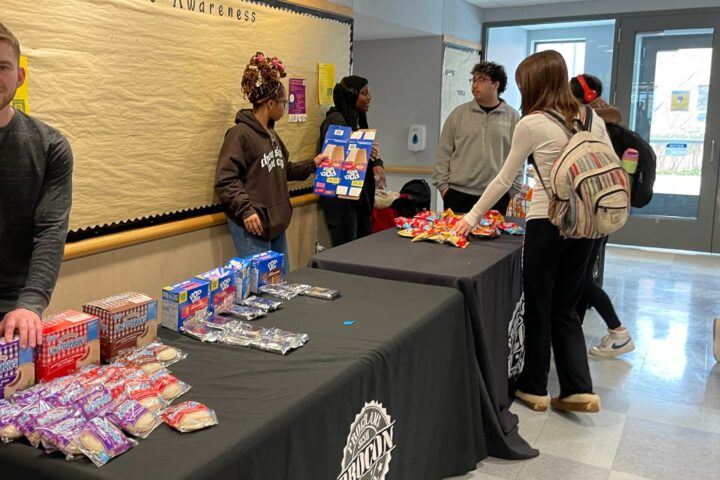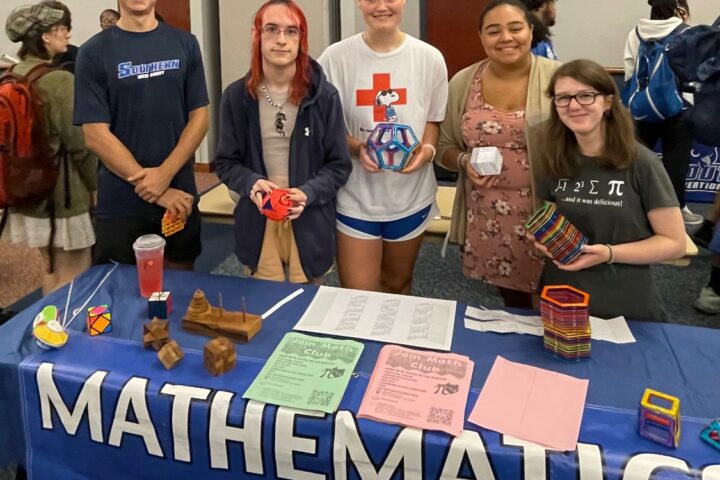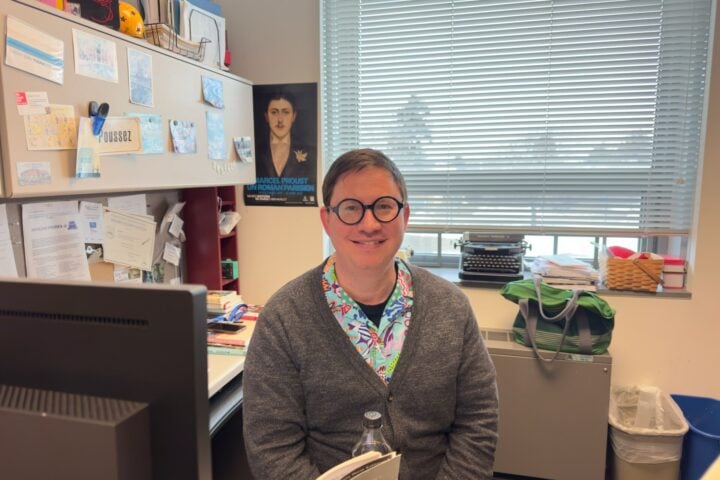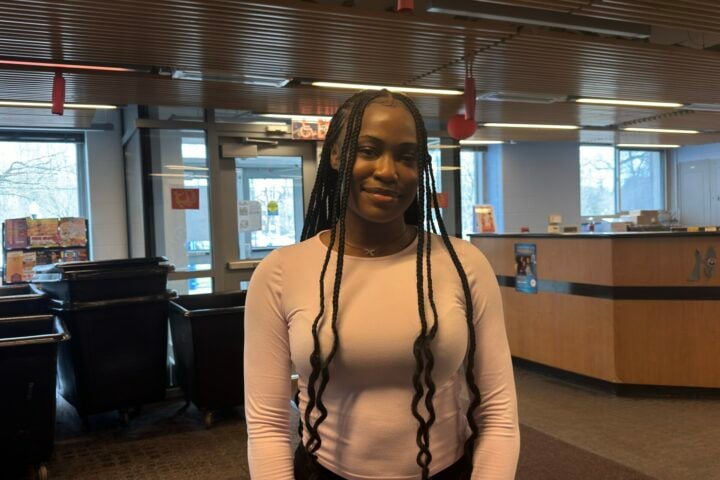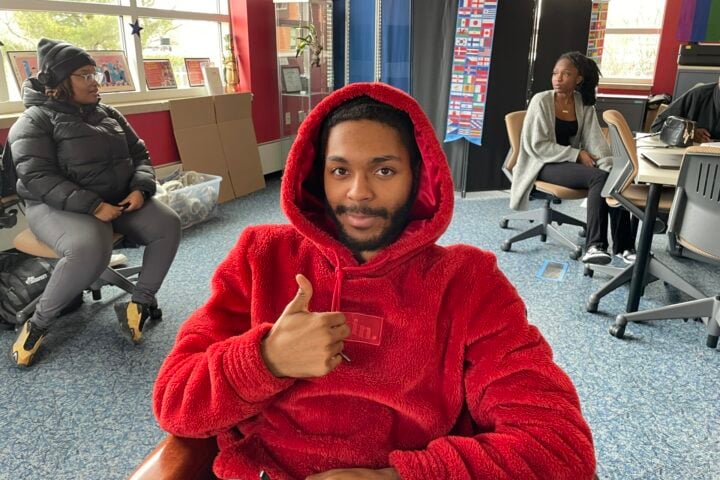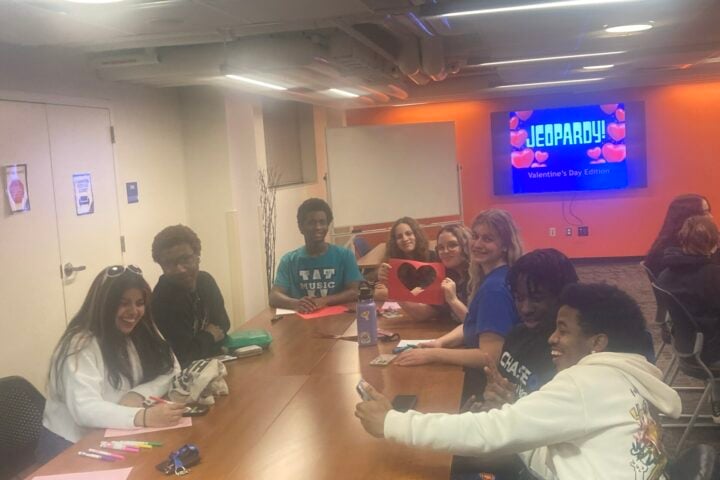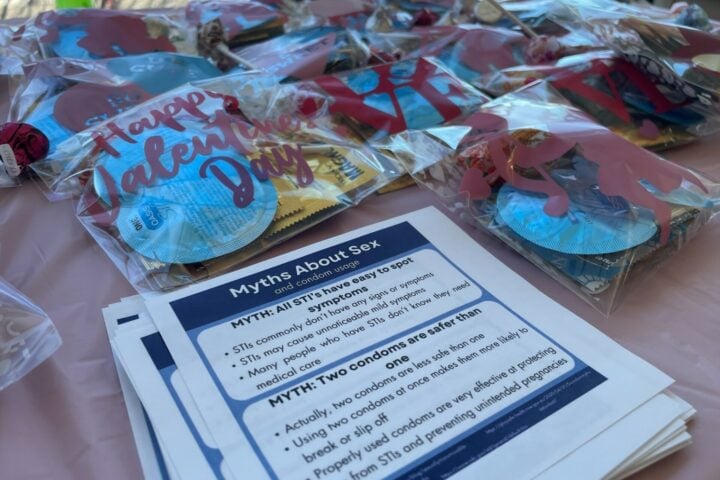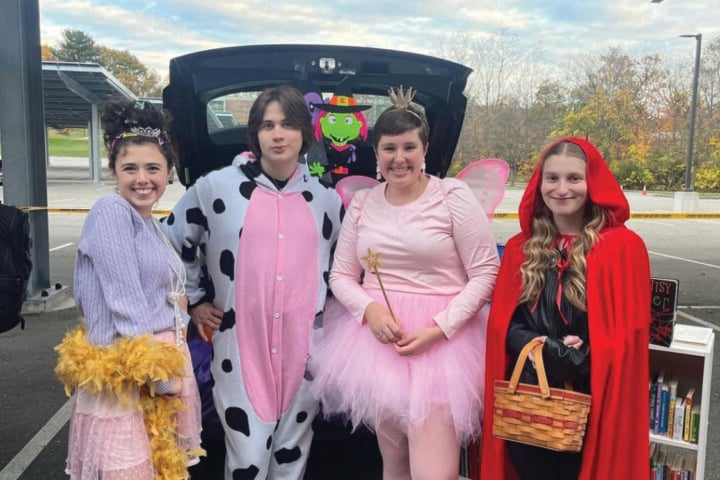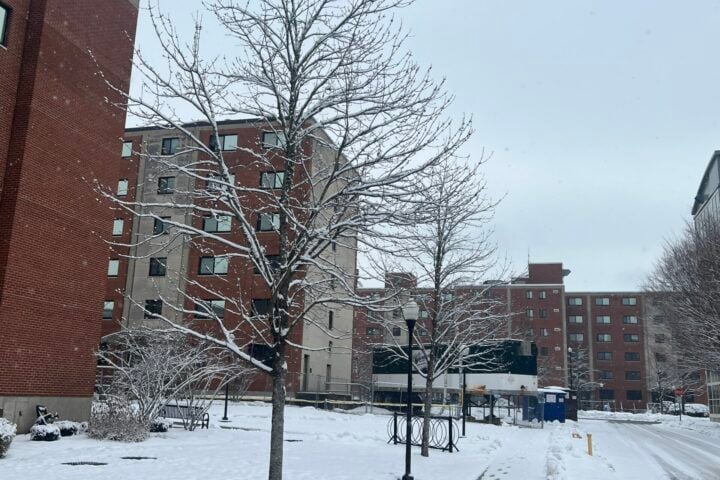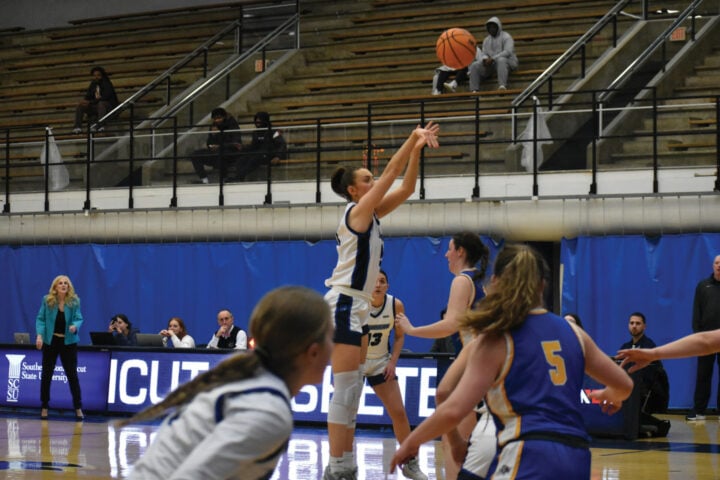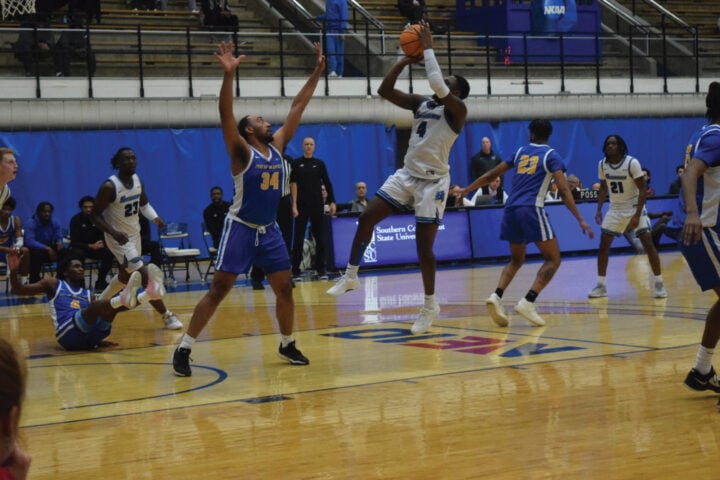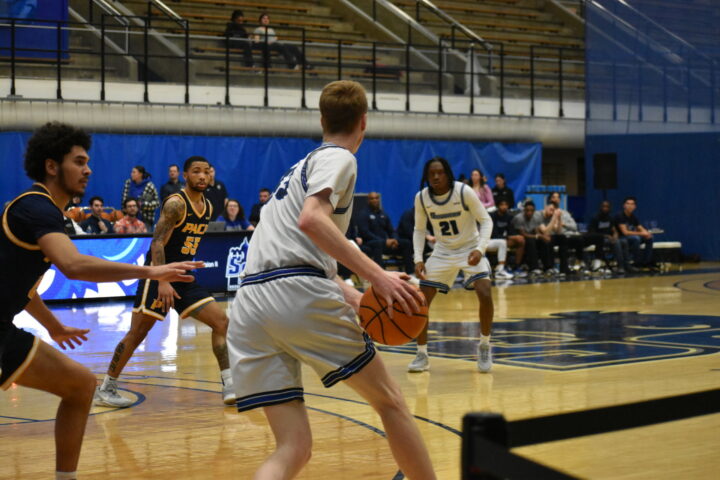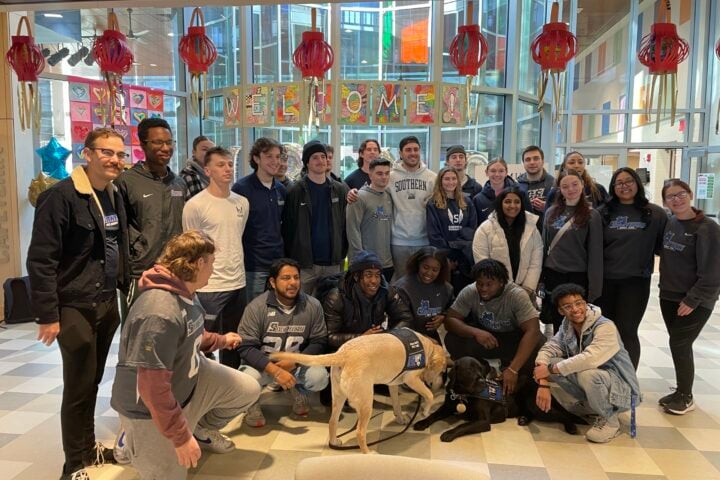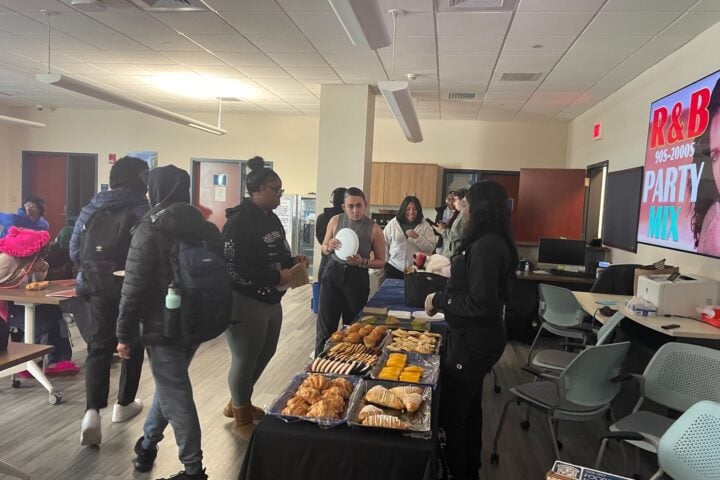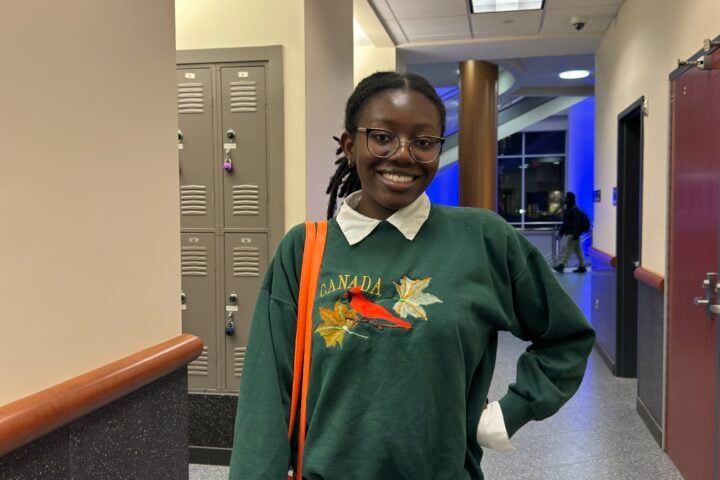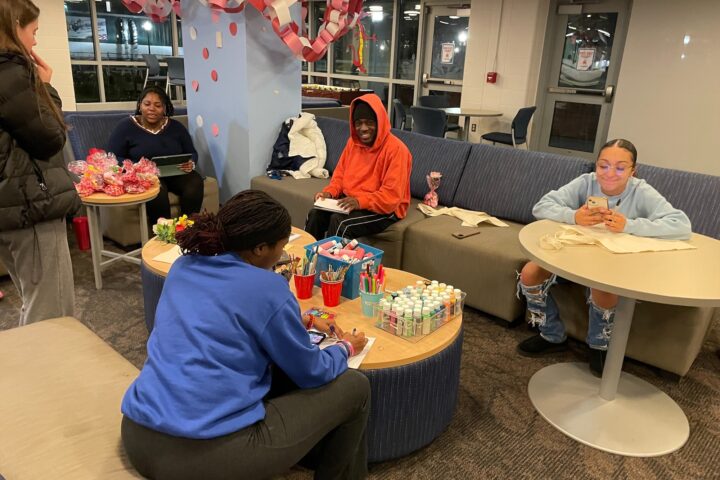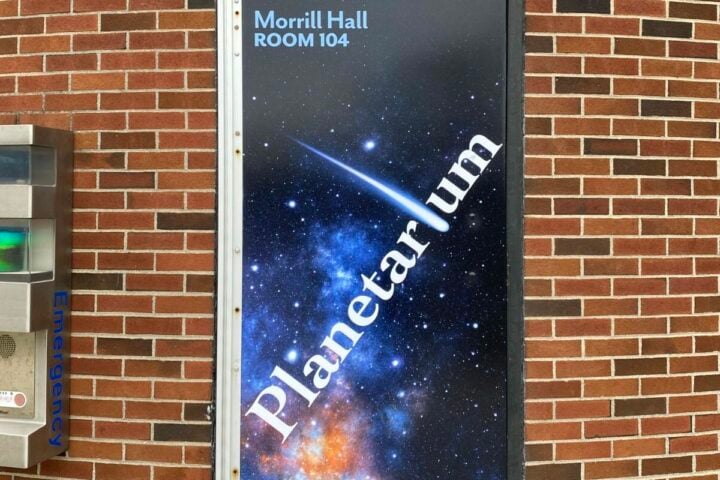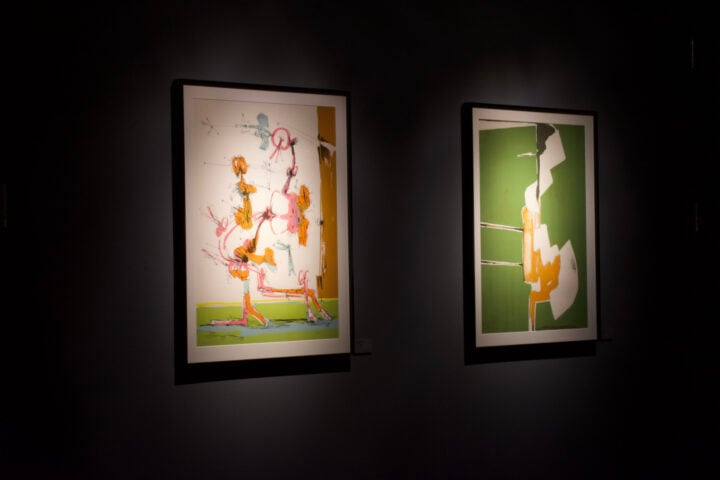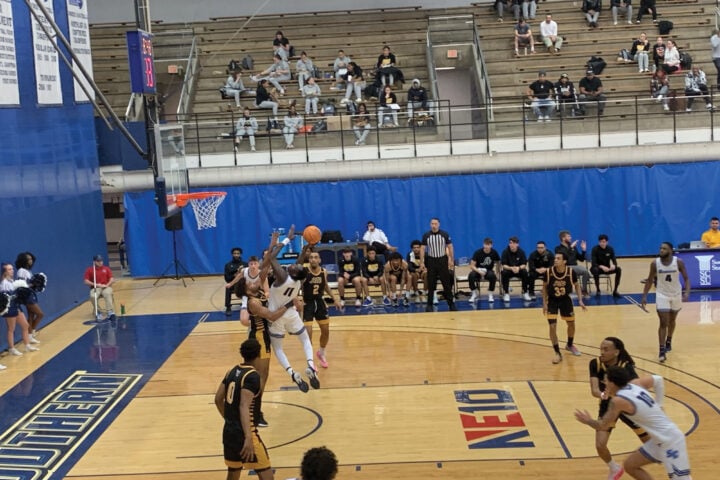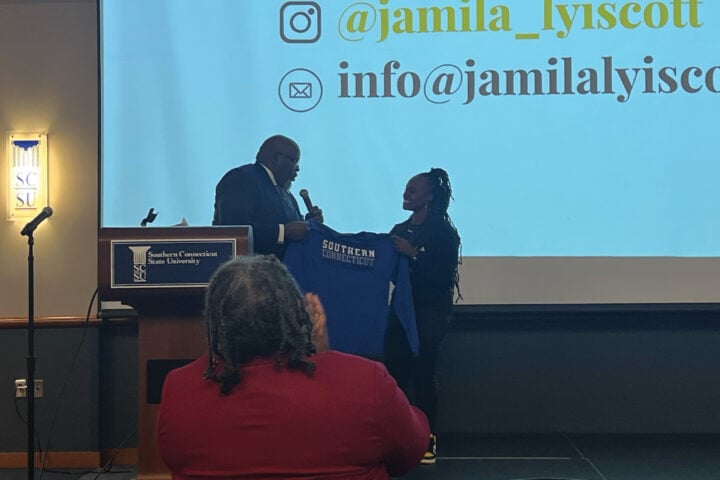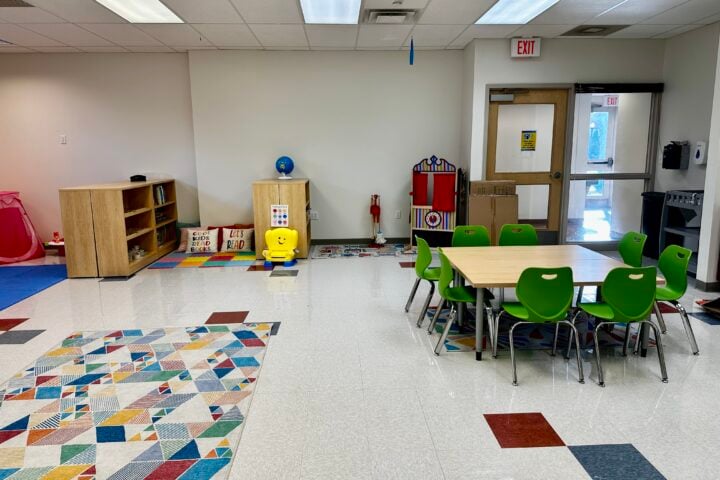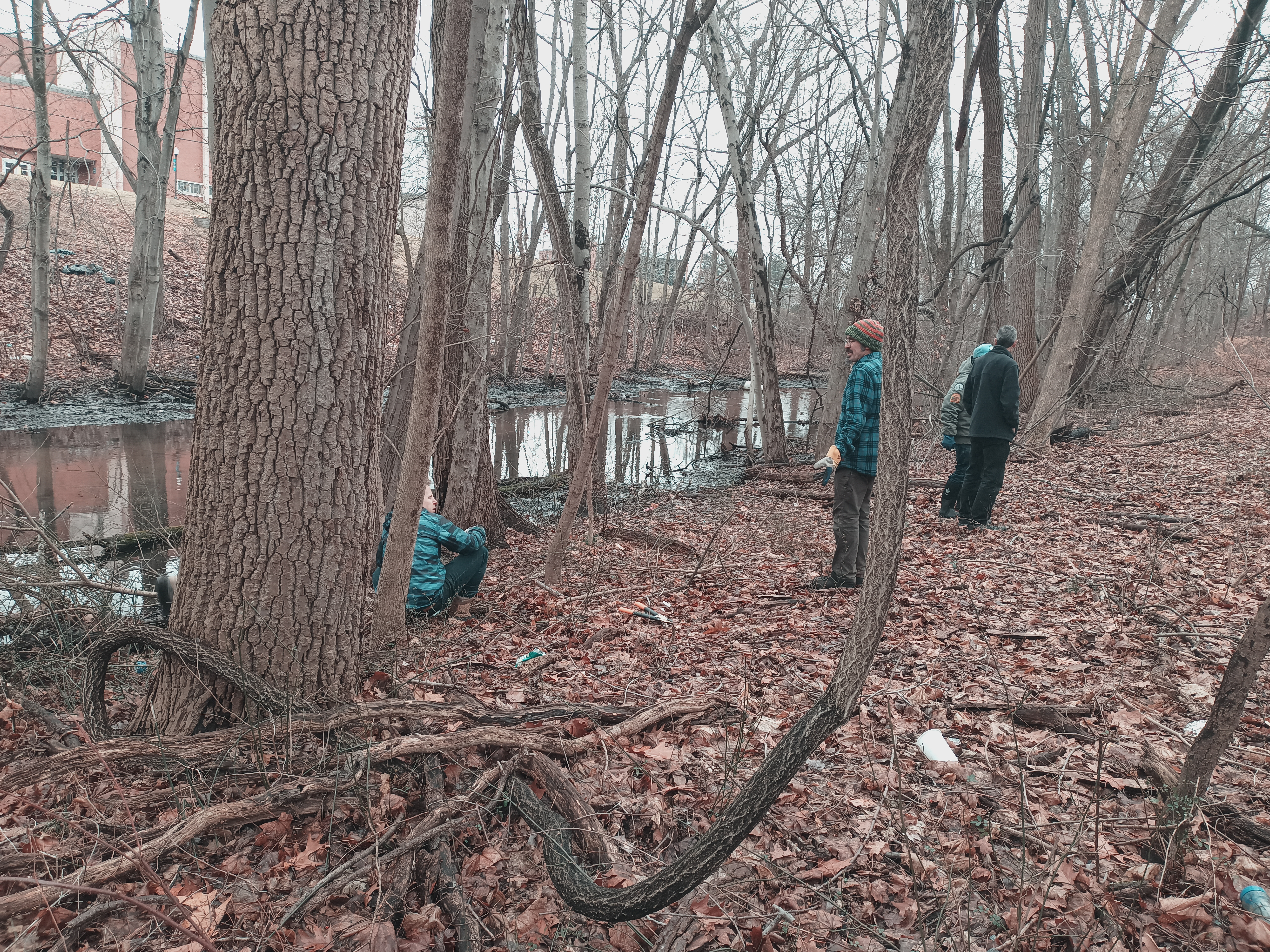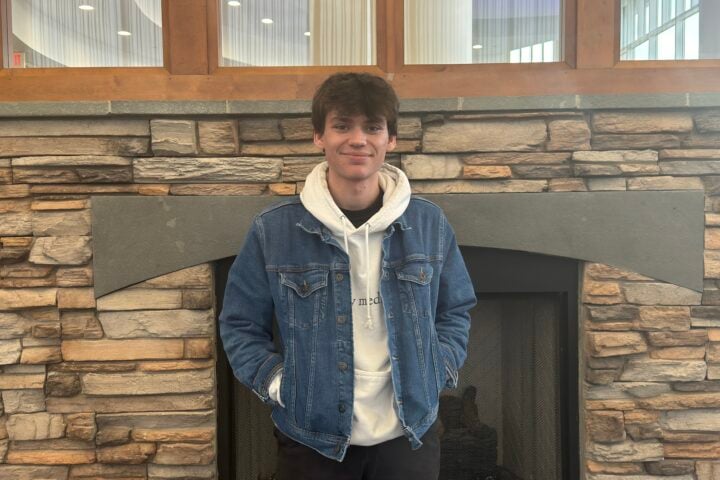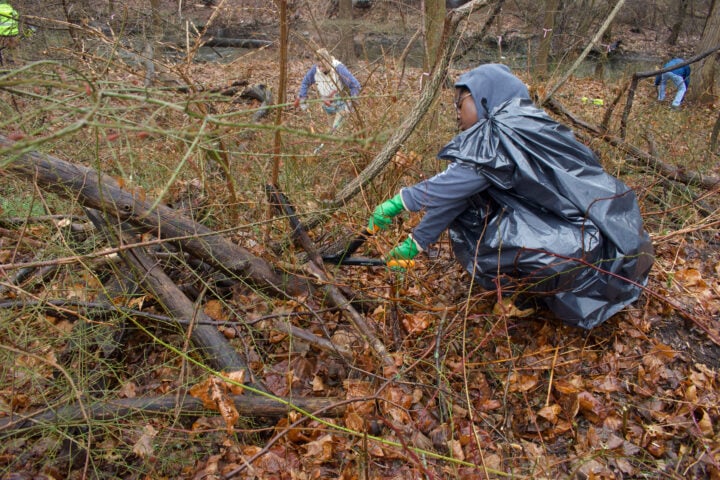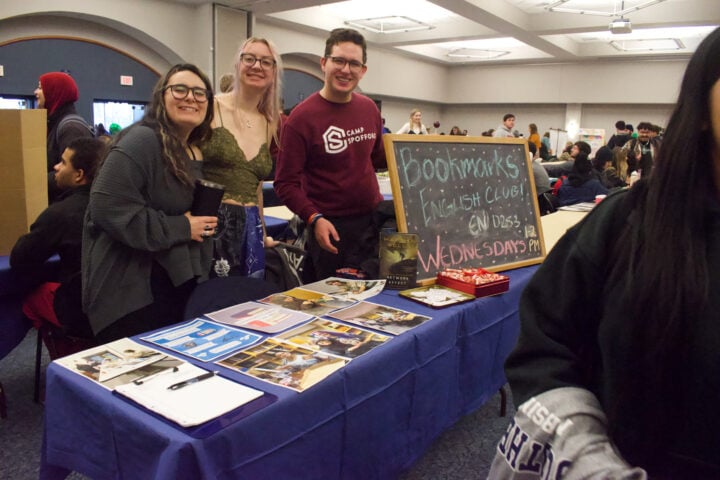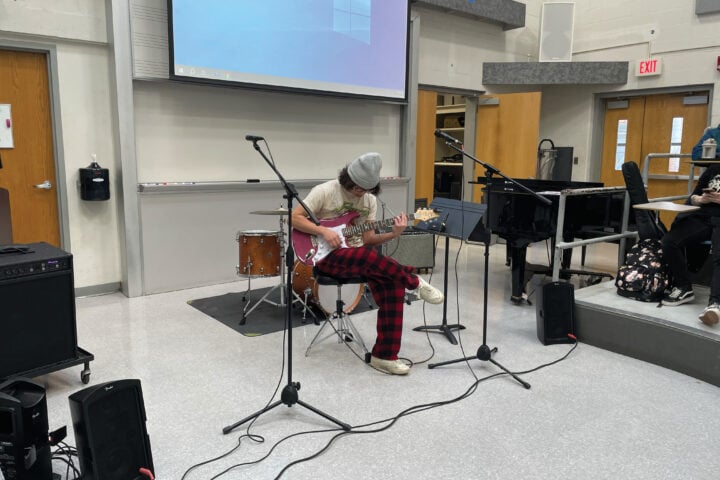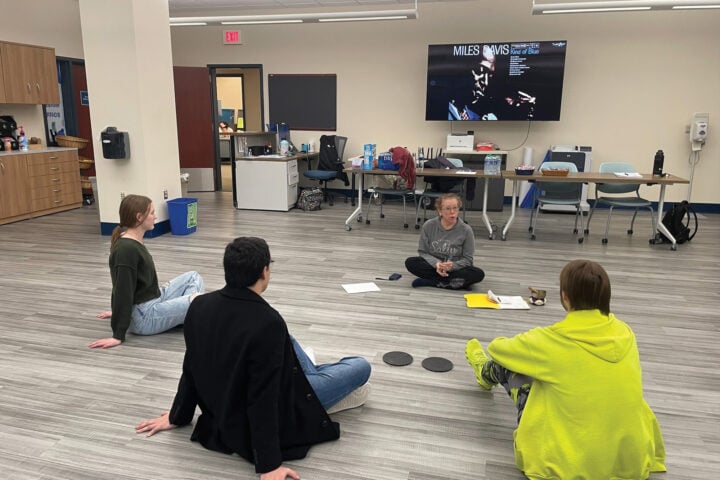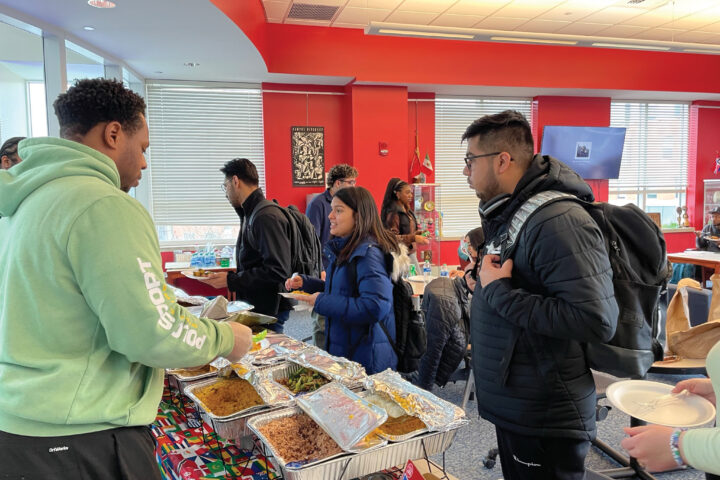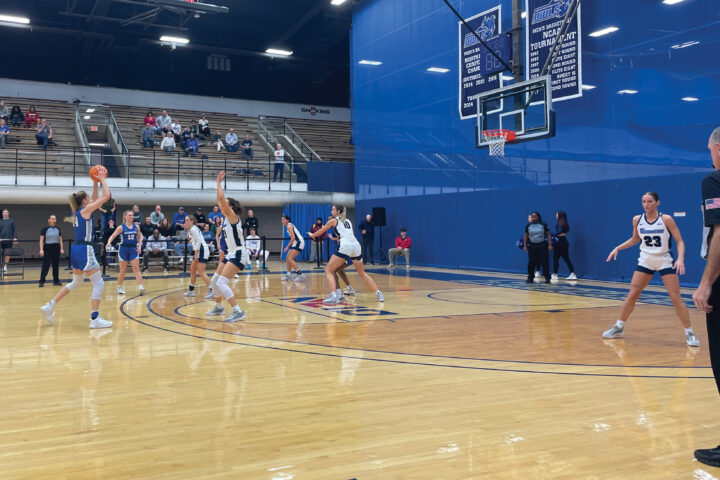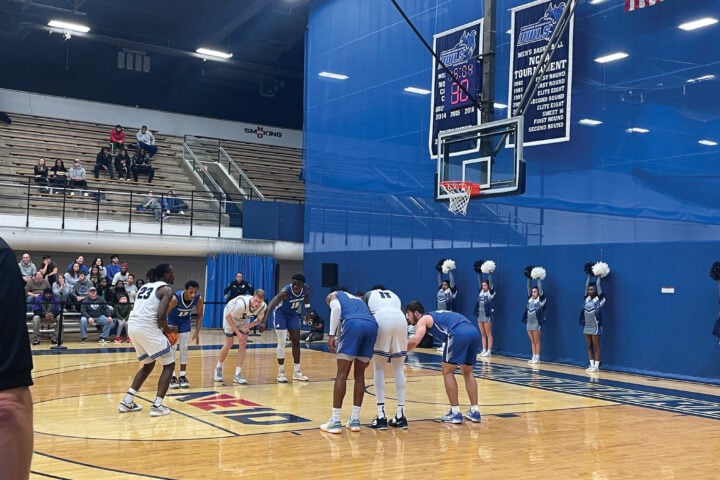Shanti Madison – Contributor
It wasn’t by accident that my first literary awakening to nature came from Ralph Waldo
Emerson’s Nature.
The book advocated for self-reliance away from artificial society and championed the worship of the natural world and all its mysterious splendor. I read this book, emboldened to begin seeing the world as Emerson did.
But unlike Emerson, I couldn’t “[cross] a bare common, in snow puddles, at twilight, under a clouded sky.”
Living in New Haven, Conn. as a young Black woman, this inherently felt unsafe to me. I soon found that books like “Nature,” “Civil Disobedience” and “Walden” were all examples of a white, male dominated nature relationship. What better writing examples to feed to impressionable minds?
In reading nature literature, it can be damaging to individuals to have their identities under
represented. Especially within Black America where a relationship with the land post 1960’s was viewed as heavily taboo. This in large part was due to the post-traumatic stress of slavery and indentured servitude that makes recreational activities in nature feel to many like a traumatic and ill-fitting practice.
While this internalized “otherness” isn’t present in all people of color, it’s pervasive enough for me to routinely tell my own high schoolers that spending time weeding our school garden is not “slave work”.
By pushing a narrative that mainly white, well off people can write about and enjoy nature this confirms the false notion that people of color have no place in their land.
I grew up never seeing myself portrayed in nature. Not in prose, not in poems, not in
almanacs. I felt my career as a geographer stifled because of this “otherness” I couldn’t help but
feel every time I hiked a trail or rowed a boat.
These spaces were perceived to me as predominantly white, elite and exclusive, when in reality this could not be further from the truth.
Who is John Francis? Who is Carolyn Finney? As an environmental educator it is vital
that I have access to diverse nature literature for my teaching and personal learning.
Now, more than ever it is important for young people and adults alike to be familiar with the names; Mary Austin, Leslie Marmon Silko, and Gloria Anzaldúa to name a few.
While the world wide web does a good enough job of providing pathways to samples from these writers, I’d be remiss if I assumed all young Black girls would know to look up these authors.
After all, you don’t know what you don’t know.
This leads me to my literary call to action. We must as a society move away from associating nature literature as solely a white man’s topic. In our schools there needs to be a diverse and robust selection of writers, whose prose will inspire and whose identities will connect.
I’ll never forget the day I read Golden Gulag by Ruth Wilson Gilmore: A Black woman
from New Haven, Conn. A geographer at that. I now had someone to identify with, one of
the only someone’s who actually looks like me, working in my field.
Today is a new day, in a new America, with a new excitement from people of color to get back in touch with the land.
I encourage professors and preschool teachers alike to pick up a copy of “Black Nature” by Camille Dungy, or Braiding Sweetgrass by Robin Wall Kimmerer. These works have invigorated me and made me feel welcomed and represented in nature.
This land is ours to share, read about and protect.
References
RALPH WALDO EMERSON., 1836. NATURE: GREEN WORLD CLASSICS.





















